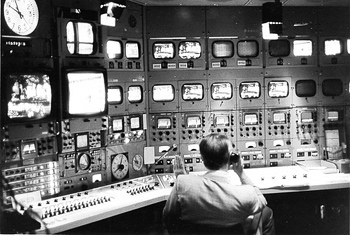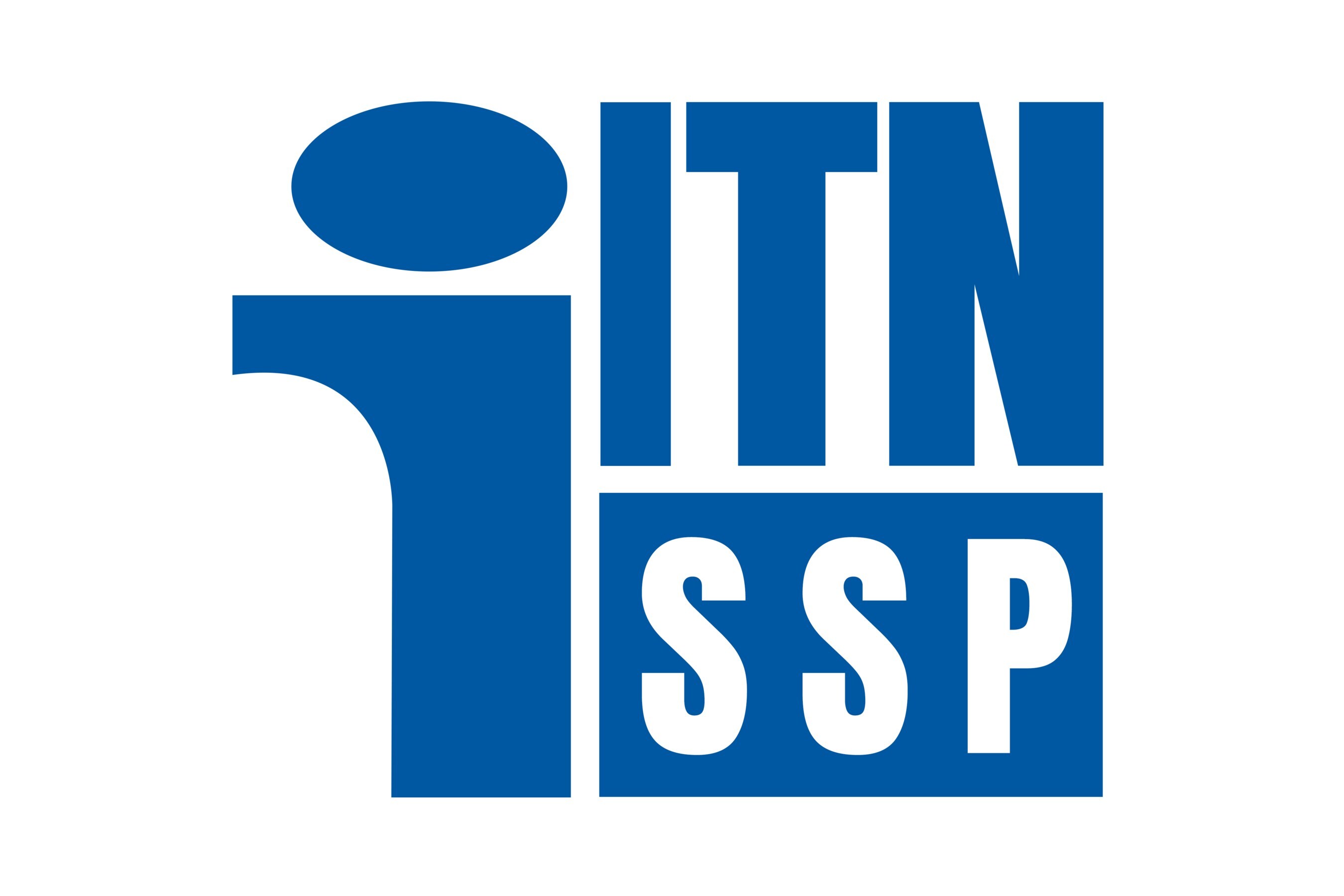AES Adds Broadcast and Streaming Audio Sessions
NEW YORK: The Audio Engineering Society's 127th Convention will feature new sessions on broadcast and streaming sound. AES said this week that previously established sessions on DTV and online audio processing "will be augmented by sessions on listener fatigue, lip sync and loudness."

Lip sync presented particular problems in digital broadcasting because the audio and video portion of the TV signal is split at the source of transmission. Engineers have been working on the problem for years. Several industry and standards groups have active projects on lip sync; AES has one focused on techniques for measurement of audio-video synchronization errors--AES-X177. The group was looking at ways to measure lip-sync error with or without specialized equipment. According to notes from the audio working group's May meeting in Munich, Germany, a paper on the project in combination with the BBC's white paper about the impact of Dolby E on lip sync was forthcoming.
The AES Convention will be held at the Javits Convention Center in New York Oct. 9-12. An additional two-hour session will cover facility design. The topic of playback and distribution will encompass burgeoning media platforms, including Internet radios, mobile phones, IPTV set-tops and Moblin-powered mobile Internet devices. A session on audio for newsgathering investigates "current and emerging options for audio field recording and backhaul," AES said.
-- Deborah D. McAdams
(Image by Dennis Degan)
More TVB coverage of broadcast audio:
September 27, 2008: "5.1 Takes More Than Serendipity"
The Beijing Olympics provided a lavish laboratory for creating 5.1 surround sound. The Games ultimately demonstrated that uniform 5.1 audio could be achieved across multiple venues and transmitted around the world.
February 21, 2008: "MPEG Suspected in Lip-Sync Discrepancy"
"I can the same stream, play it back on two different receivers and get different lip-sync problems. I can take the same stream and play it twice, and get yet different problems that before, leading to the belief that there's a time stamp or a buffer problem within MPEG."
The professional video industry's #1 source for news, trends and product and tech information. Sign up below.
